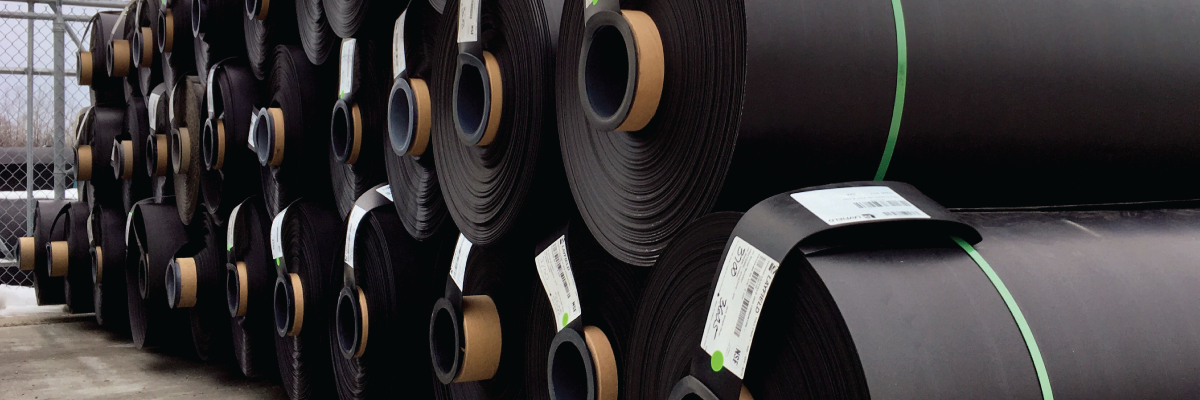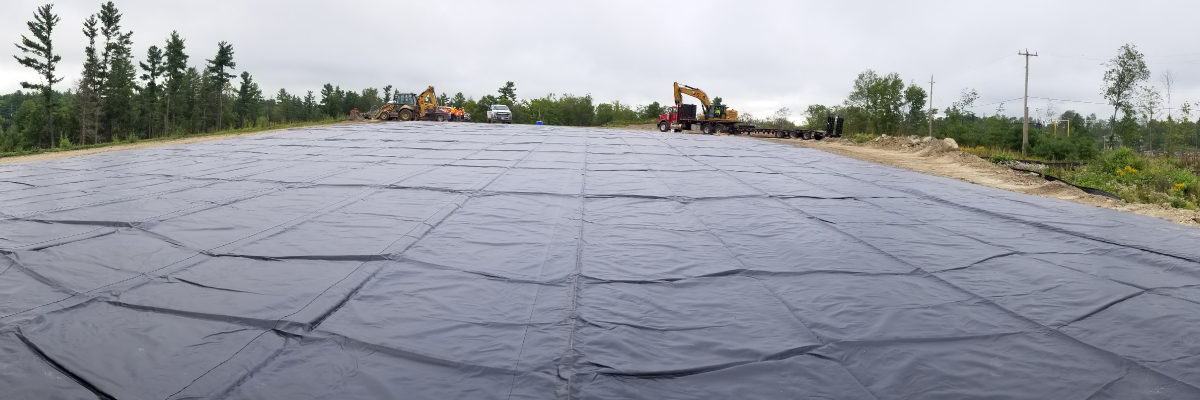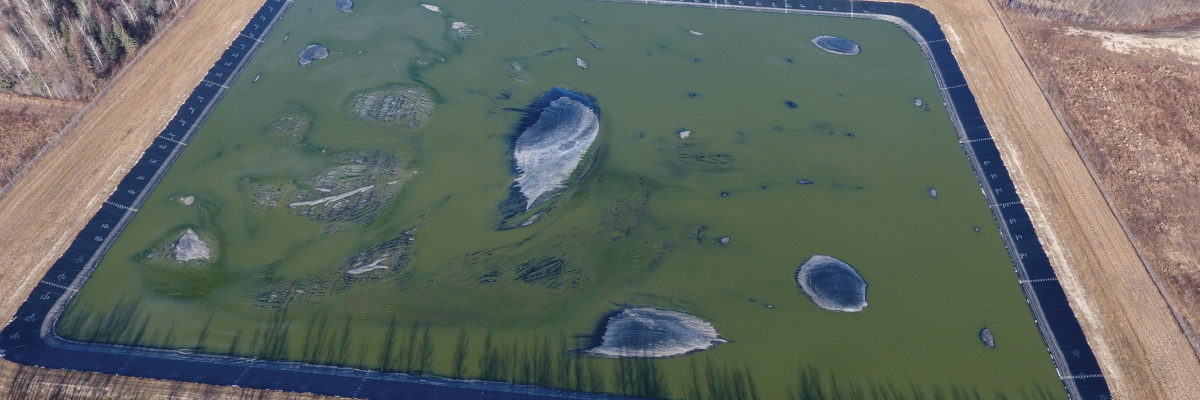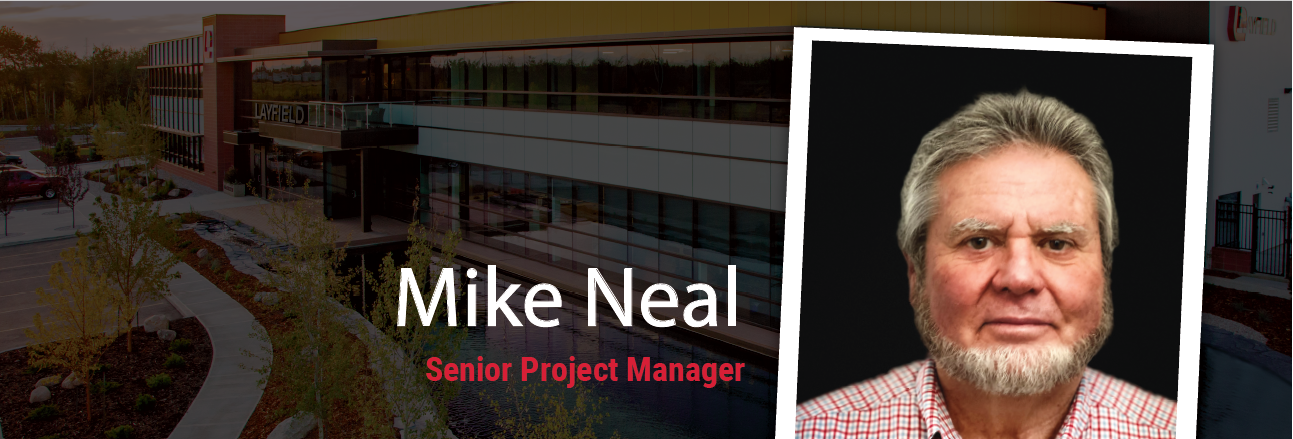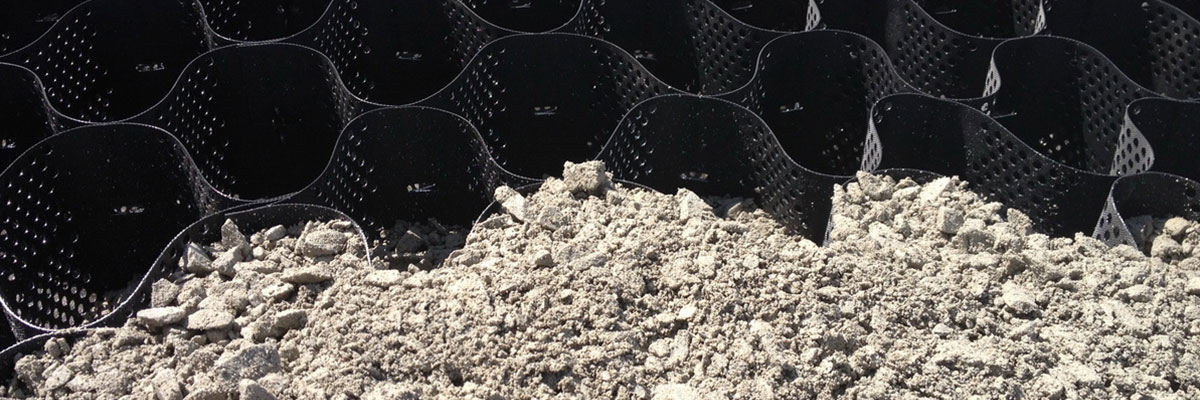Written by Presto Geosystems | www.prestogeo.com
GEOWEB® provides cellular confinement by completely encasing infill material and preventing lateral movement and displacement. This confinement adds apparent cohesion to an otherwise non-cohesive, granular infill, which reduces deformations under cyclic loadings. The result is increased stiffness and modulus of the infill to resist deformation in response to applied loads. The confined infill acts like a load support mattress, like a concrete mattress foundation, bridging over voids and weak underlying soil.
Geogrids are high-strength planar materials with openings called apertures. Adding a reinforcement layer to a subgrade provides tensile strength, which is absent in soils. Since rib thickness in geogrids is on the order of a few millimeters, the zone of interaction is very small. As such, geogrids rely primarily on tensile strength in a similar manner as steel reinforcement in concrete. Typically, crushed aggregate must be used to achieve interaction with ribs, as fine-grained soils (including sand) would just pass through apertures. It is critical to size the granular material to best interact with the aperture voids in the geogrids. This limitation often means the granular materials lead to the use of high-strength woven geotextiles when fine soils are encountered.
GEOWEB® vs Geogrids: Confinement means Cost Savings
Depending on location, aggregate is often one of the more expensive items in a project. With GEOWEB®, the infill material can come from a wider range of on-site or local sources leading directly to cost savings. Rather than being limited to crushed aggregate, as is often the case with geogrids, sand, sandy gravel, gravely sand, silty gravel, and a broad combination of gravel, sand, and silt can be used without compromising GEOWEB® effectiveness. This flexibility in backfill material specification has been utilized to design numerous projects with a marginal backfill since GEOWEB® was developed. Conversely, with geogrids, research has shown that finer soil types (with sand and silt involved) fail to interact with the geogrid structure. The result is that instead of the geogrid developing tension, infill materials just pass through the openings. For this reason, the use of geogrids in roadway projects is typically associated with a high-quality backfill – often crushed aggregate.
GEOWEB® vs. Geogrids: Zone of Influence
The zone of influence refers to the soil depth above and below the geogrid or GEOWEB® layer influenced by the infill material. In geogrids, the zone of influence is generated through friction and passive resistance of geogrid ribs. The geogrid zone of influence is approximately the soil particle size. Therefore, the zone of influence can be very small when crushed aggregate is used it is often only a few inches at best.
A single layer of GEOWEB® material can range up to 12 inches for load support applications. However, the beam effect forces the zone of influence to be larger than just the GEOWEB® thickness. The GEOWEB® zone of influence is more than ten times that of geogrids. Moreover, the quality of the zone of influence is much better in GEOWEB® than in geogrids. The zone of influence is related to stress distribution, something that GEOWEB® does exceptionally well.
GEOWEB vs. Geogrids: Stress Distribution – Beam Effect
The three-dimensional structure of GEOWEB® resists load by three interconnected mechanisms: confinement, stress distribution, and membrane effect. The combination of these three mechanisms is referred to as the “beam effect.” The cell walls, with a textured and perforated surface, effectively confine the infill material underneath the load. The bearing capacity of the infill increases by load distribution over a much larger area. As a result, reduced pressure is applied to the soft foundation leading to a significant decrease in settlement. The advantage of confinement effects has been widely studied by numerous reputable researchers and is the basis for the use of GEOWEB® in a range of load support applications. When a cyclical load transverses a GEOWEB® section, the confined material under load (active pressure) is supported by the passive resistance of the material in the adjacent cells.
Geogrids, on the other hand, improve the load-carrying capacity primarily through the tensioned membrane effect. As a result, the geogrid must deform and form an arc-like shape to develop tension. Without a significant interaction with infill, the tensioned membrane effect can lead to little improvement as the material “slips” with the geogrid interface. The tensioned membrane effect through soil reinforcement is not as reliable as a soil improvement method. Moreover, the geogrid must be pre-tensioned to remove any slack, and a clean crushed aggregate is often required to increase geogrid interaction.
Summary and Conclusion
The GEOWEB® cellular confinement system was co-developed by Presto and USACE to provide lateral confinement to beach sands in unpaved access roads. Since then, renowned researchers worldwide have tested the geocells to quantify performance and establish design methods. Some researchers have tested geogrids and GEOWEB® side by side to compare performance and understand functional mechanisms. Thousands of projects have taken advantage of GEOWEB® to realize cost savings and improve project performance. Our project experience regarding GEOWEB® vs geogrids is summarized below.
Genuine GEOWEB® geocells are an industry-leading 3D cellular confinement system that improves subbase stability, reduced construction costs, and reduces lifetime maintenance when compared to 2D-planar geogrids.
- The functional mechanism of GEOWEB® performs over a wider range of field conditions versus geogrids. GEOWEB® works as a three-dimensional rigid beam while geogrids work as a tensioned membrane.
- GEOWEB allows the use of on-site or locally available, lower-quality infill.
- GEOWEB reduces total and differential settlement.
- Lower deformation under cyclic loadings.
- GEOWEB eliminates pre-tensioning and allows immediate access to the construction site.
- GEOWEB reduces the migration of soil and aggregate due to traffic loading or water erosion due to confinement.
- Eases construction in difficult/limited access areas and over soft subgrades, allowing for heavy construction equipment use without significant subgrade preparation.
- Over 35 years of proven durability in a wide variety of environmental and construction-related conditions.
A green solution that lowers the carbon footprint by reducing the volume of granular material required.
These factors demonstrate that the Genuine GEOWEB® geocell system is more economical and suitable for the majority of ground reinforcement projects.
To learn more about GEOWEB® cellular confinement systems, click here.
Related Articles
View All News
